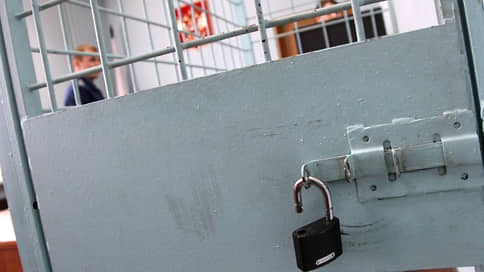Consumers are asking to raise the deeds of extrajudicial bankruptcy to 2 million rubles

The National Union of Consumer Rights Protection proposes to modernize the mechanism of extrajudicial bankruptcy of individuals, raising the debt ceiling for its use – from 1 million to 2 million rubles. The initiative is explained by the growth of overdue debt of individuals, which stimulates them to conceal their official earnings.
The National Union of Consumer Protection (NSZPP) appealed to Vladimir Putin with a request to revise the current thresholds for extrajudicial bankruptcy of individuals. We are talking about simplified in comparison with personal bankruptcy in court, which is now available with an individual debts from 25 thousand to 1 million rubles. (The judicial order « begins » from 500 thousand rubles).
Recall that now a citizen in respect of whom the enforcement proceedings for the collection of debt is completed due to the lack of property may apply to the MFC with a statement of declaring it bankrupt. Debts within the named amounts are written off in six months (if there is no reason to transfer to court order – for example, if information on the availability of property has the presence of property). In 2024, 55.6 thousand extrajudicial bankruptcies were excited-this is more than three times more than it was in 2023 (15.9 thousand). Such growth is explained by the expansion of borders for extrajudicial bankruptcy (until November 2023 it was available with debts of 50-500 thousand rubles).
As follows from the letter of the NSPP (Kommersant has), the Union offers to raise the maximum amount of debt for extrajudicial bankruptcy, up to 2 million rubles. Justification – the growth of overdue debts of citizens to banks, which grew up to 1.4 trillion rubles in April.
In addition, the number of non -payers for loans is growing by an average of 4 million per year.
In the work of the Federal Bailiff Service (FSSP), as indicated in the letter, there are more than 25 million industries on the collection of debts from individuals in favor of banks, collectors and microfinance organizations. The union believes that debtors are not interested in official employment, since in this case their salary will go on repayment of debt.
In addition to raising the threshold, consumers ask the president to give an order to the Ministry of Justice to analyze the practice of applying a ten -year objective statute of limitations for debts (the maximum deadline for the protection of the violated right) and, if necessary, prepare clarifying changes. Now, the NSZPP notes, if, after the limitation, the debtor in writing recognizes the debt (for example, makes a payment), then its term begins to flow again. “The courts continue to issue orders in favor of collectors, the FSSP – to carry out enforcement proceedings, and debtors even after the expiration of the objective limitation period avoid the possibility of officially receiving income,” the letter says.
The Ministry of Economy and the Ministry of Justice of the NSPP did not comment, noting that they did not receive a letter, but they would consider them upon admission.
The CEO of MITRA’s legal company Yuri Mirzoev believes that the idea of increasing the entryment bankruptcy threshold looks logical-due to inflation and economic instability, many borrowers find themselves in a difficult situation, and threshold of 1 million rubles. does not cover a significant part of credit obligations. However, he adds, a balance of interests of consumers and creditors must be observed, otherwise the latter may encounter an increase in non -return, which will affect the terms of lending.
Oleg Permyakov, a partner of Rustam Kurmaev and Partners, on the contrary, does not support the idea – creditors will more often refuse to issue loans up to 2 million rubles. At the slightest risks of non -return and lay them in the price of a loan.
According to Oleg Permyakov, there are indeed situations when, after ten years, the creditor who has not taken actions to recover the debt suddenly “recalls” it – so often occurs when the bank was initially lender, which went bankrupt, and the portfolio of obligations for a long time passed from one successor to another and the next of them decided to recover the debt. The debtor, he adds, perhaps he wanted to pay, but did not know who he should and how to pay off the debt. According to Oleg Permyakov, it will be reasonable to make a ban on the initiation of enforcement proceedings with the inaction of the creditor for ten years, but with the possibility for the debtor interested in repaying the debt, to do this regardless of the statute of limitations.







